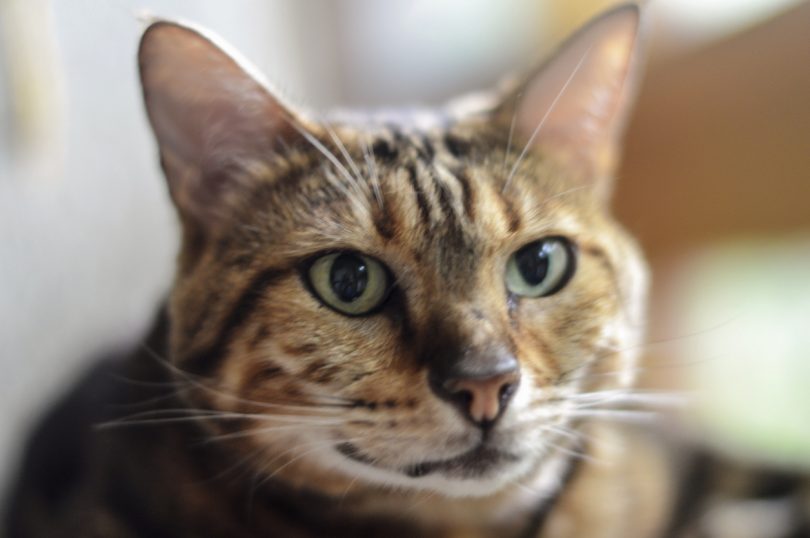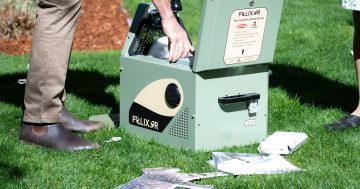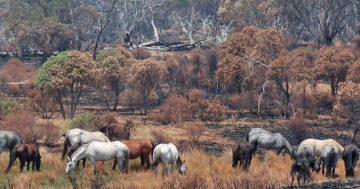
Cats might be great companions but they are prolific killers, according to new research. Photo: Glynis Quinlan.
Researchers are encouraging the ACT Government to implement its cat plan after their study found that feral and domestic cats kill more than a million animals in the ACT every year.
The research, published in the new book, Cats in Australia: Companion and Killer, said cats, both pets and feral, kill many native animals and the toll could be catastrophic.
One of the book’s authors, ANU Professor Sarah Legge, said feral cats are incredibly dangerous to wildlife, with a single feral cat killing an average of 155 reptiles, 65 birds and 26 native mammals in the ACT every year.
“Cats are great pets but they are also incredible invasive predators so wherever they have gone around the world they have wreaked havoc and Australia is no exception,” she told Region Media.
“We think the population of feral cats in the ACT is at a minimum 3,000 and is probably a lot higher than that. That number is a combination of feral cats living out in the bush and also feral cats or strays that live around the city.
“Every year, they are killing huge amounts of wildlife. They are killing 200,000 birds, 500,000 reptiles and 250,000 mammals every year.
“That is just feral cats. Pet cats kill wildlife at a lower rate but they still kill a lot of wildlife. On average each pet cat kills about 75 animals per year, but many of these kills are never witnessed by their owners.”
Professor Legge said Canberrans have conflicting opinions about cats, but there was no denying they were a cataclysmic problem for wildlife. She believes many of Australia’s native species will become at risk of extinction unless Australia’s cat problem is solved.
“Australia has the worst mammal extinction rate in modern times,” she said. “There are about 30-40 species extinct since European settlement which is by far the world’s record holder.
“Around two-thirds of those cases, cats were the primary contributors to that extinction. They have already reeked a lot of damage and they are still causing population decline today. These mammal populations can be driven to extinction very quickly due to cats.”
Professor Legge, who studied key findings from hundreds of cat management studies, said the ACT needs to continue leading the way in responsible cat management.
“The population of feral cats probably won’t grow but they are already having a severe impact on Canberra wildlife,” she said. “Given that Canberra is the bush capital, Canberra needs to lead the way with responsible cat management.
“I think the ACT is a leader in responsible cat management, with their draft ACT Cat Plan. Cat containment suburbs is also a wonderful initiative and it’s a way for people to keep having cats as pets while minimising their impact on the environment.
“I think the ACT Government are thinking really broadly about cats and what to do about it but what happens over the next few years in terms of how they implement their plan will be very important.”














